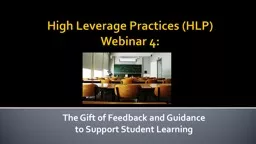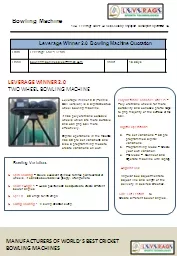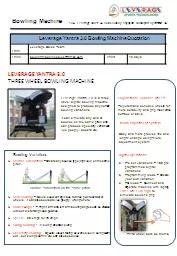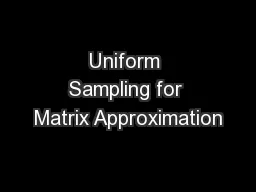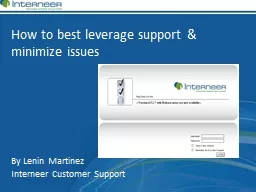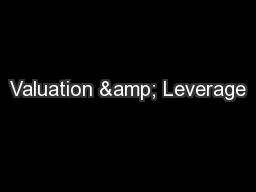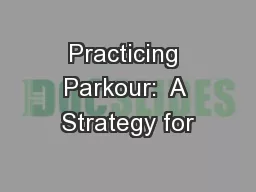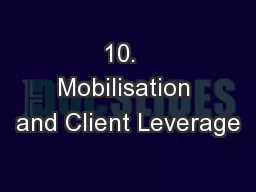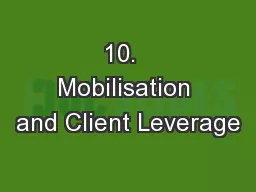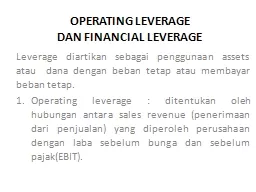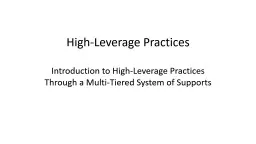PPT-High Leverage Practices (HLP)
Author : min-jolicoeur | Published Date : 2018-11-20
Webinar 4 The Gift of Feedback and Guidance to Support Student Learning Disclaimer This content was produced under US Department of Education Office of Special
Presentation Embed Code
Download Presentation
Download Presentation The PPT/PDF document "High Leverage Practices (HLP)" is the property of its rightful owner. Permission is granted to download and print the materials on this website for personal, non-commercial use only, and to display it on your personal computer provided you do not modify the materials and that you retain all copyright notices contained in the materials. By downloading content from our website, you accept the terms of this agreement.
High Leverage Practices (HLP): Transcript
Download Rules Of Document
"High Leverage Practices (HLP)"The content belongs to its owner. You may download and print it for personal use, without modification, and keep all copyright notices. By downloading, you agree to these terms.
Related Documents

